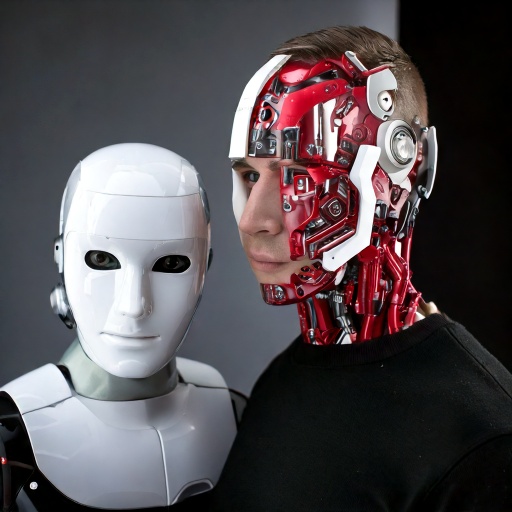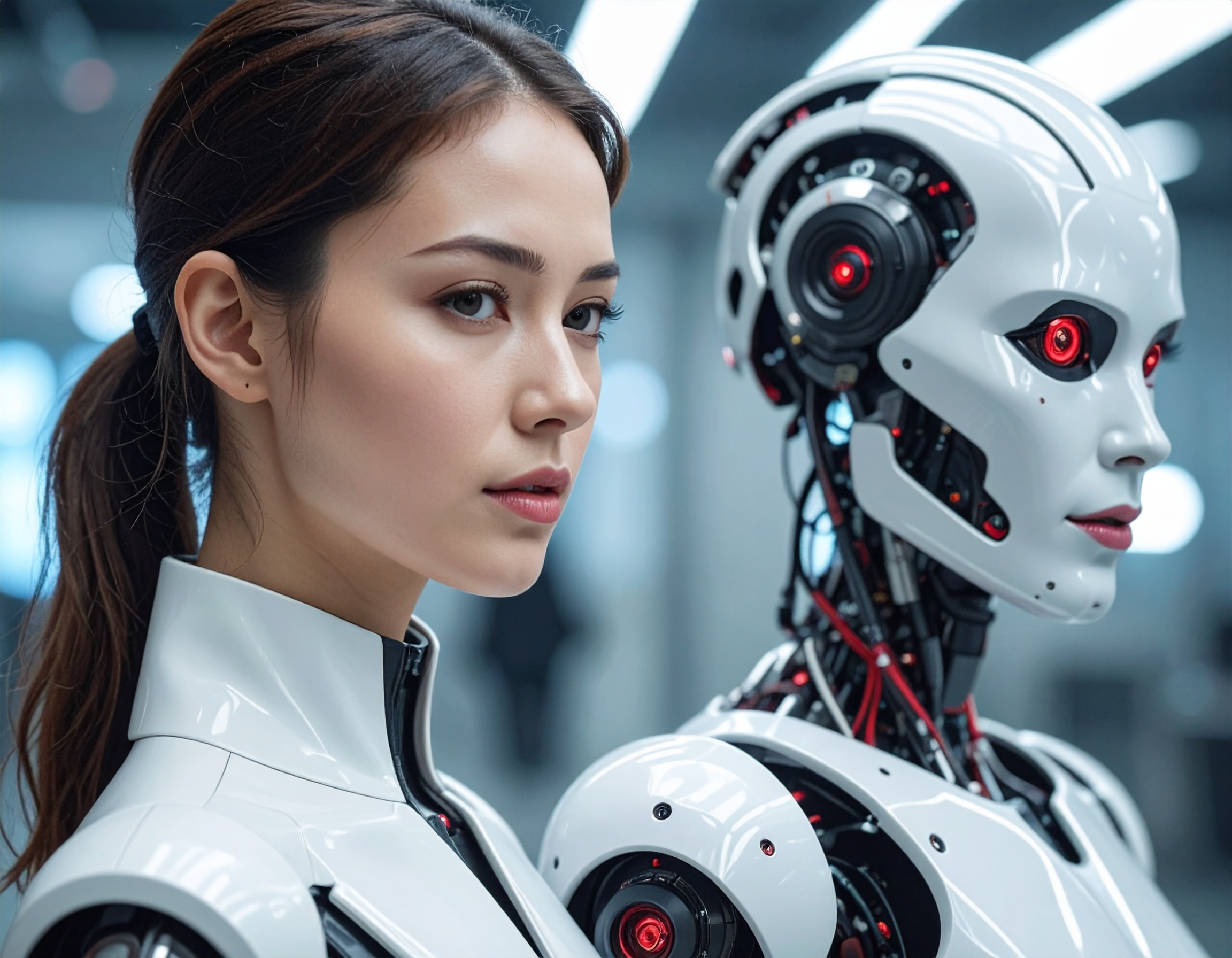Tiny Screw, Big Impact: The Unsung Hero Behind the Humanoid Robot Revolution

A Small Part with Huge Consequences
In February 2024, Fast Company shed light on an unexpected driving force behind the rise of humanoid robots: a tiny screw. While the world watches humanoid robots perform tasks once reserved for humans, the technology enabling such capabilities often goes unnoticed. This miniature mechanical component plays a critical role in the flexibility and precision of robot joints—essential for lifelike movement and task performance.
As companies race to integrate Intelligent Agents and Digital Employees into daily operations, even the smallest innovations become vital. This tiny screw has proven to be an essential enabler, allowing humanoid robots to act more like humans than ever before.

Empowering the Next Generation of Non-Human Workers
Humanoid robots, such as Tesla’s Optimus and Boston Dynamics' Atlas, depend on fine-tuned mechanics to function effectively. Thanks to this tiny component, robots can now grip, lift, bend, and balance with remarkable agility. These advanced features allow robots to take over tasks that are repetitive, physically demanding, or dangerous.
This development signals a major leap in creating Non-Human Workers who can seamlessly integrate into industries like logistics, manufacturing, and even eldercare. By using advanced hardware such as precision screws, these robots can work safely alongside humans or entirely replace manual labor in certain settings.

Why It Matters Now
This innovation comes at a time when labor shortages and safety concerns are pushing companies to explore automation more aggressively. Robots powered by these miniature components are already addressing gaps in workforce availability—operating 24/7, minimizing injury risks, and boosting productivity.
A Future Shaped by Tiny Details
The story of this tiny screw is a powerful reminder that innovation isn’t always flashy—it’s often found in the smallest places. As humanoid robots continue to evolve and step into roles across society, components like this one will shape how we live and work alongside our Digital Employees.
By understanding and appreciating these details, we gain insight into how the future of work is being built—one tiny screw at a time.

Key Highlights:
- Enhanced Dexterity: Precise joint control leads to smoother, human-like movement.
- Greater Efficiency: Robots don’t need rest and maintain consistent output.
- Safer Workplaces: Machines handle dangerous or repetitive tasks.
- Human Support: Robots fill roles where humans are unavailable or unwilling.
Reference:
https://www.fastcompany.com/91314612/this-tiny-screw-is-powering-the-humanoid-robot-revolution


